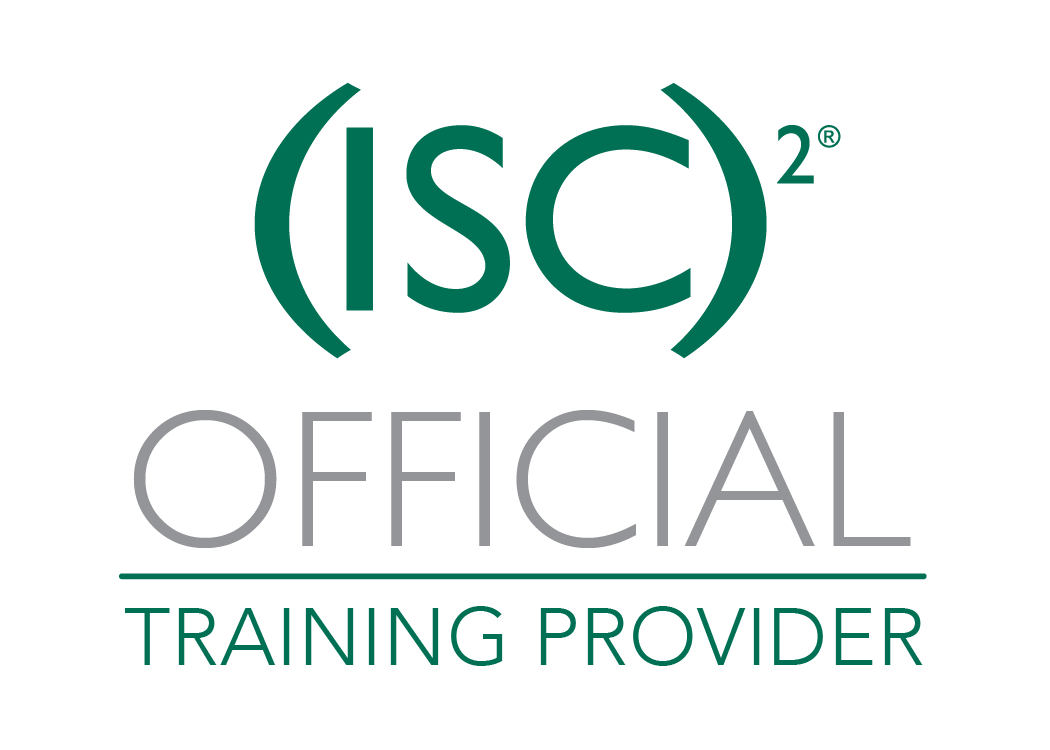Course Outline

Red Hat System Administration I
RH100 | Day | 5 DaysThis course relates to Red Hat Enterprise Linux. Red Hat System Administration I is designed for IT professionals without previous Linux administration experience. The course focuses on providing students with Linux administration \"survival skills\" by focusing on core administration tasks.
The topics covered include essential command line tools, installing RHEL, remote administration techniques, managing local storage, system monitoring, basic user and security, administration, connecting to a network and deploying FTP and Web servers.
Red Hat System Administration I provides a foundation for students wishing to become full-time Linux system administrators by introducing key command line concepts and other enterprise-level tools. The Red Hat Enterprise Linux system administration topics covered in this course cover the certification objectives of the Red Hat Certified System Administrator (RHCSA) exam.
Upcoming Dates:

Who should take this course
This course is intended for IT professionals across a broad range of disciplines that need to perform essential Linux administration tasks including installation, establishing network connectivity, managing physical storage, and basic security administration. Students must be proficient in general computing skills but not necessarily experienced with Linux or Unix.
Course Objectives
Course Outline
- Access the command line
- Components of a Distribution
- Red Hat Linux Products
- Logging In
- Running Programs
- Interacting with Command Line
- Desktop Environments
- GNOME
- got root?
- Switching User Contexts
- sudo Lab Tasks
- Login and Discovery
- Switching Users With su
- Manage files from the command line
- Managing Files Graphically
- Drag and drop with Nautilus
- Physical Unix File Structure
- Unix/Linux Filesystem Features
- Navigating the Filesystem
- Displaying Directory Contents
- Directory Manipulation
- File Manipulation
- Deleting and Creating Files
- Filesystem Links Lab Tasks
- Navigating Directories and Listing Files
- Manipulating Files and Directories
- Get help in a textual environment
- Gathering Login Session Info
- Red Hat Online Documentation
- Getting Help Within the Graphical Desktop
- Gathering System Info
- Help from Commands and Documentation
- Getting Help with man & info Lab Tasks
- Help with Commands
- Create, view, and edit text files
- The gedit Text Editor
- Pico/GNU Nano
- Pico/Nano Interface
- Nano configuration
- Pico/Nano Shortcuts
- Communication Channels
- File Redirection
- Piping Commands Together
- The Streaming Editor
- Text Processing with Awk
- Producing File Statistics
- Replacing Text Characters
- Text Sorting
- Duplicate Removal Utility
- Extracting Columns of Text
- Combining Files and Merging Text
- Comparing File Changes Lab Tasks
- Text Editing with Nano
- Text Processing
- Manage local Linux users and groups
- User and Group Concepts
- User Administration
- Modifying Accounts
- Group Administration
- User Private Group Scheme
- Password Aging Lab Tasks
- User and Group Administration
- User Private Groups
- Control access to files with Linux file system permissions
- File Ownership
- File and Directory Permissions
- SUID and SGID on files
- SGID and Sticky Bit on Directories
- Changing File Permissions Lab Tasks
- File and Directory Ownership and Permissions
- Monitor and manage Linux processes
- What is a Process?
- Process States
- Viewing Processes
- System Status – CPU
- System Status – Memory
- Signals
- Tools to Send Signals
- Managing Processes
- Tuning Process Scheduling Lab Tasks
- Process Management Basics
- Control services and daemons
- init
- Linux Runlevels Aliases
- systemd System and Service Manager
- systemd Targets
- Using systemd
- Legacy Support for SysV init Lab Tasks
- Managing Services With Systemd\'s systemctl
- Creating a systemd unit file
- Configure and secure OpenSSH service
- Secure Shell
- OpenSSH Client & Server Configuration
- Accessing Remote Shells
- Transferring Files
- Alternative sftp Clients
- SSH Key Management
- ssh-agent Lab Tasks
- Introduction to ssh and scp
- SSH Key-based User Authentication
- Using ssh-agent
- Analyzing and Storing Logs
- System Logging
- systemd Journal
- systemd Journal\'s journalctl
- Secure Logging with Journal\'s Log Sealing
- gnome-system-log
- Syslog-ng
- Rsyslog
- /etc/rsyslog.conf
- Log Management
- Log Anomaly Detector Lab Tasks
- Using the systemd Journal
- Setting up a Full Debug Logfile
- Remote Syslog Configuration
- Manage Red Hat Enterprise Linux networking
- IPv4 Fundamentals
- TCP/UDP Fundamentals
- Linux Network Interfaces
- Ethernet Hardware Tools
- Network Configuration with ip Command
- Starting and Stopping Interfaces
- Configuring Routing Tables
- IP to MAC Address Mapping with ARP
- DNS Clients
- DHCP Clients
- Continual Time Sync with NTP
- Network Diagnostics
- NetworkManager Lab Tasks
- Network Discovery
- Basic Client Networking
- Introduction to Troubleshooting Labs
- Troubleshooting Practice: Networking
- Archive and copy files between systems
- Archives with tar
- Archives with cpio
- The gzip Compression Utility
- The bzip2 Compression Utility
- The XZ Compression Utility
- The PKZIP Archiving/Compression format Lab Tasks
- Archiving and Compression
- Using rsync and ssh for Backups
- Install and update software packages
- Managing Software
- RPM Features
- RPM Architecture
- RPM Package Files
- Working With RPMs
- Querying and Verifying with RPM
- Managing Software Dependencies
- Using the Yum command
- YUM package groups
- Updating the Kernel RPM
- Dealing With RPM & Yum Digest Changes
- YUM Repositories
- YUM Repository Groups
- Yum Plugins & RHN Subscription Manager Lab Tasks
- Managing Software with RPM
- Querying the RPM Database
- Using Yum
- Access Linux file systems
- Filesystem Creation
- Mounting Filesystems
- Mounting Filesystems
- Filesystem Maintenance
- Managing an XFS Filesystem
- Persistent Block Devices
- Filesystem Structures
- Determining Disk Usage With df and du
- Filesystem Table (/etc/fstab) Lab Tasks
- Creating and Managing Filesystems
- Manage virtual machines
- Introducing libvirt
- libvirt: Basic Concepts
- libvirt: Storage Architecture
- libvirt: Network Architecture
- libvirt: Graphical Tools
- libvirt: Command Line Tools
- virsh: Basics
- virsh: Common Tasks
- virt-install
- Virtual Machine Guest Tools & Drivers
- libguestfs and guestfish Lab Tasks
- Installing a Virtual Machine
- Comprehensive review
- System Administration I Lab Tasks
- Understand And Use Essential Tools
- Operate Running Systems
- Users, Groups, and File Permissions
- Control and monitor network services and system daemons using systemd.






















